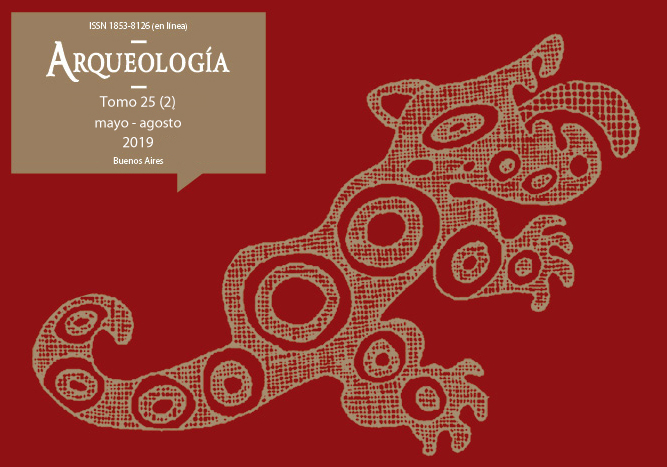Ofidios terrenales y sobrenaturales, símbolos de poder de los ajawtaak de Kaan
Palabras clave:
Serpiente, Kaan, Wahy, Glifo emblema, Simbolismo, Iconografía
Resumen
Desde momentos tempranos, los señores de Kaan vincularon a su grupo de poder con un animal de fuerte calado simbólico en la colectividad prehispánica: la serpiente. Los portadores del glifo emblema de la Cabeza de Serpiente se convirtieron en una dinastía dominante durante buena parte del Clásico y su signo de identidad aparece recurrentemente en las narrativas jeroglíficas conservadas en los monumentos de piedra. Asimismo, tres ofidios más fueron empleados por los ajawtaak de Kaan como parte de una estrategia de refuerzo de la autoridad dinástica: la primera procedente de una tradición simbólica anterior y relacionada con la guerra, Waxaklajunubaah Chan, la serpiente teotihuacana; la segunda, conocida como Serpiente acuática ligada a la élite gobernante y quizá asociada al control de los recursos acuíferos; y la tercera, una entidad anímica muy poderosa vinculada a los gobernantes dinásticos tardíos pero procedente de una tradición anterior, Xukub Chij Chan. En este trabajo, a través de un estudio iconográfico y epigráfico de monumentos de piedra y objetos cerámicos, analizaré los ofidios a los que se vincularon los gobernantes de la dinastía Kaan y cuáles fueron las posibles razones que les llevaron a ello.Descargas
La descarga de datos todavía no está disponible.
Publicado
2019-06-01
Cómo citar
Mumary Farto, P. A. (2019). Ofidios terrenales y sobrenaturales, símbolos de poder de los ajawtaak de Kaan. Arqueología, 25(2), 195-211. https://doi.org/10.34096/arqueologia.t25.n2.6867
Sección
Artículos
Derechos de autor 2019 Pablo A. Mumary Farto

Esta obra está bajo licencia internacional Creative Commons Reconocimiento-NoComercial-CompartirIgual 4.0.
Los autores/as que publiquen en esta revista aceptan las siguientes condiciones:
- Los autores/as conservan los derechos de autor y ceden a la revista el derecho de la primera publicación, con el trabajo registrado mediante Licencia Creative Commons 4.0 Internacional (CC-BY-NC-SA), que permite a terceros utilizar lo publicado siempre que mencionen la autoría del trabajo y a la primera publicación en esta revista.
- Los autores/as pueden realizar otros acuerdos contractuales independientes y adicionales para la distribución no exclusiva de la versión del artículo publicado en esta revista (p.e. incluirlo en un repositorio institucional o publicarlo en un libro) siempre que indiquen claramente que el trabajo se publicó por primera vez en esta revista.
- Se permite y recomienda a los autores/as a publicar su trabajo en Internet (p.e. en sus sitios web personales o en depósitos institucionales), tanto antes como después de su publicación en esta revista, siempre y cuando proporcionen información bibliográfica que acredite, si procede, su publicación en ella. De esta manera, pueden favorecerse intercambios productivos y a una mayor y más rápida difusión del trabajo publicado (vea The Effect of Open Access).



.png)

(1)13.png)






1.jpg)
1.png)
1.jpg)


13.png)
1.png)


(1)1.png)









